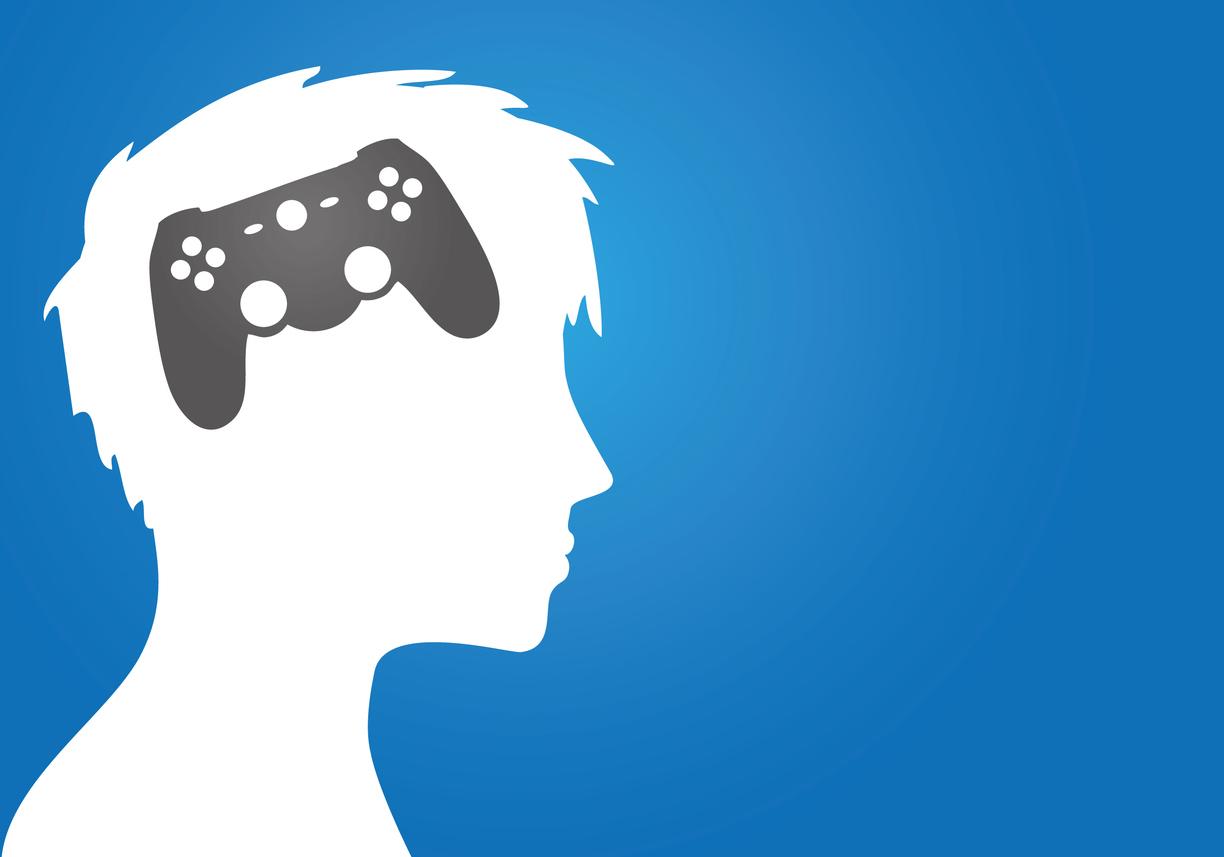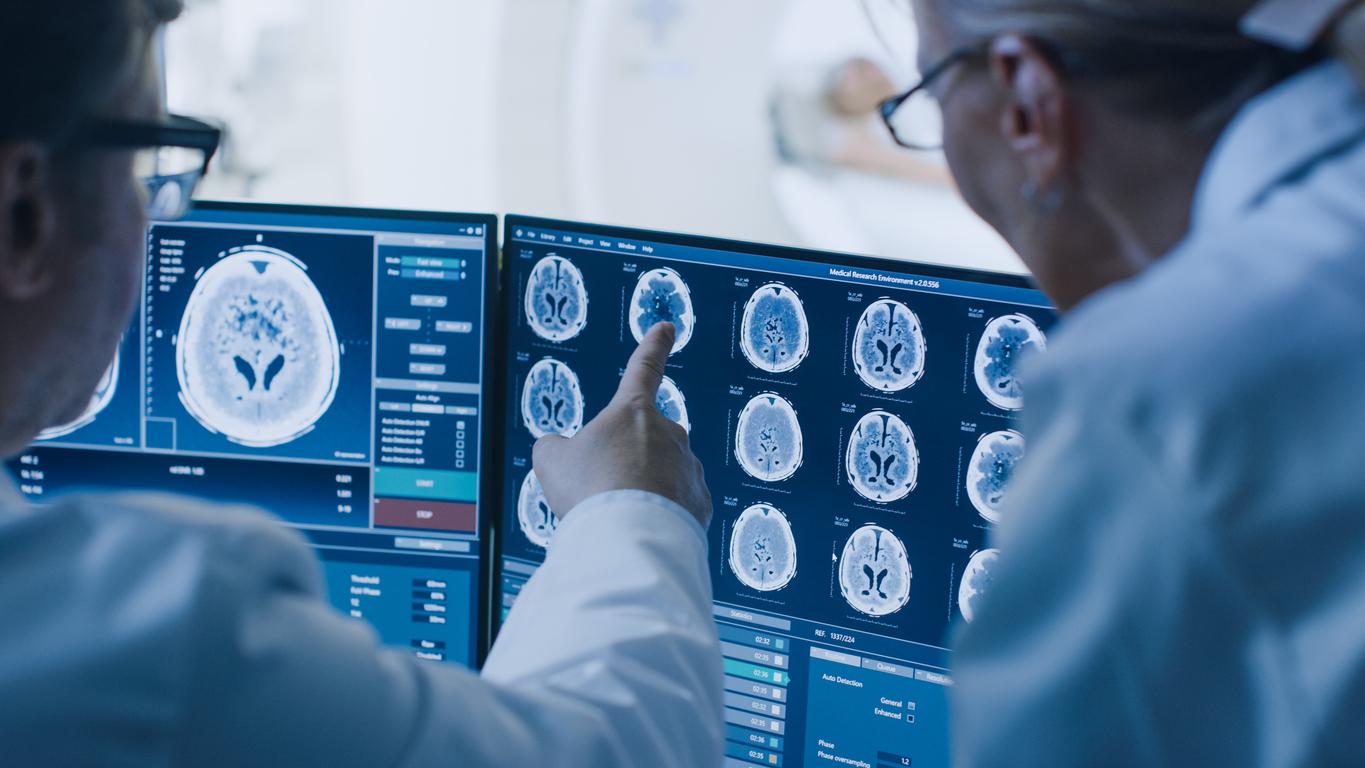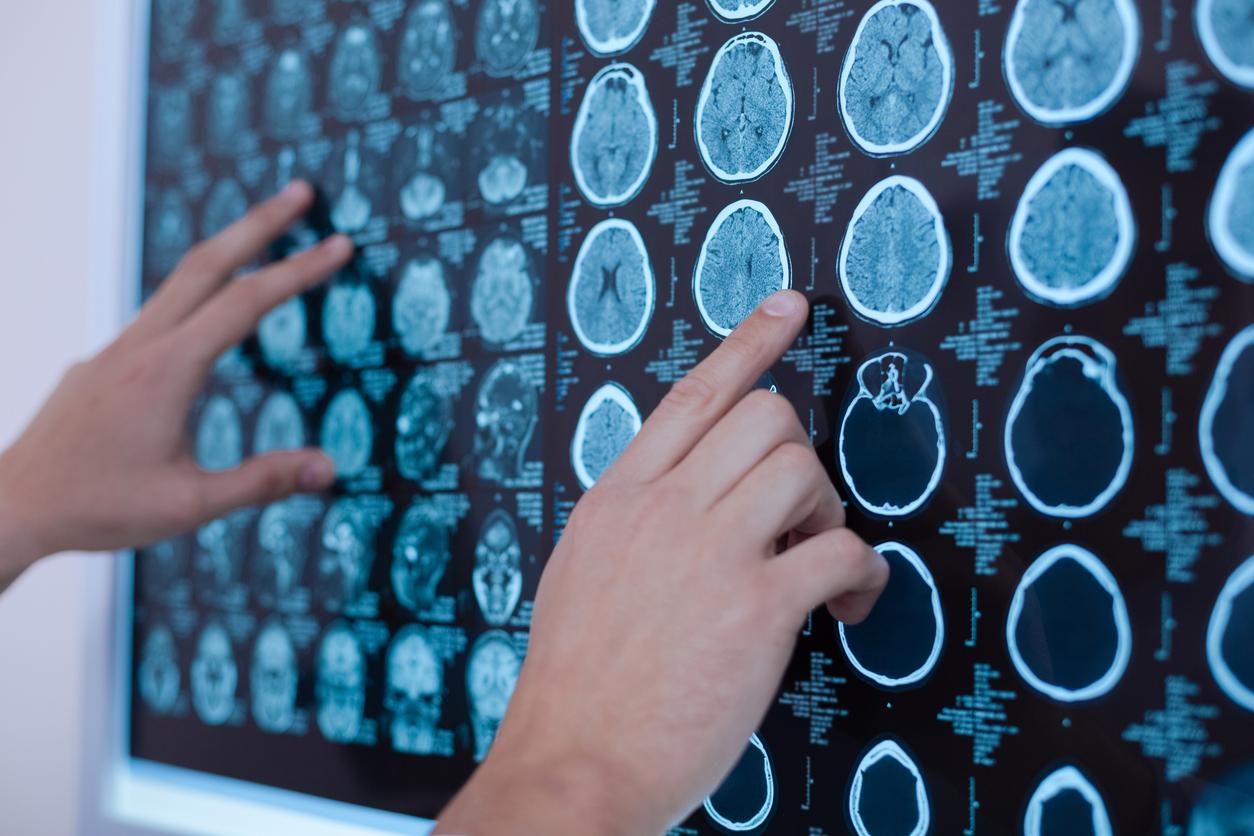Researchers have designed a brain-computer interface equipped with artificial intelligence that allows you to play a video game without using motor functions.

- Normally, because each brain is different, brain-computer interfaces must perform extensive calibration for each user to function. A “long and tedious” process.
- This time, researchers have integrated machine learning capabilities that allow the interface to understand the specific needs of an individual subject and, through repetition of tasks, self-calibrate. Which “means that multiple patients can use the device without the need to adjust it for each patient.”
- Volunteers were able to play a racing video game just by thinking. In the future, the researchers plan to test their brain-computer interface on people with motor disabilities. In particular, they hope to design a wheelchair that patients could drive using this type of device.
Imagine playing Mario Kart with the power of your mind alone. This is not science fiction but a real program developed by engineers from the University of Texas, in Austin (United States), to improve the lives of people with motor disabilities. With an innovative feature: the use of artificial intelligence to adapt to each patient.
A brain-computer interface capable of machine learning
Normally, because each brain is different, brain-computer interfaces must, in order to function, carry out extensive calibration for each user. A process “long and tedious”can we read in a communicated. But this time, the researchers integrated machine learning capabilities that allow the interface to understand the specific needs of a single subject and, through repetition of tasks, self-calibrate to adapt to them. “A universal solution [qui] means that multiple patients can use the device without the need to adjust it for each patient”welcome the authors of the project.
As part of their work, published in the journal PNAS Nexus, the scientists tested their new interface on 18 volunteers without motor impairment. Concretely, the subjects wore electrodes on their heads which, connected to a computer, collected data by measuring electrical signals from the brain. THE “decoder” – the machine learning program – then interpreted and translated this information into game commands.
Improving the daily lives of people with motor disabilities
In this case, it was both a car racing game and a simpler task “consisting of balancing the left and right sides of a number bar”, which serves as the basis for machine learning. Unsurprisingly, participants found the racing game “more complicated” to take in hand, since it required “think several steps in advance, for example to take a turn correctly”.
The researchers plan to soon test their brain-computer interface on people with motor disabilities. Ultimately, they hope in particular to achieve the design of a wheelchair that patients could drive using this type of device, or even rehabilitation robots for the hand and arm that they could operate by thought alone. a few minutes. With always the same objective, “help them in their daily life”.

















